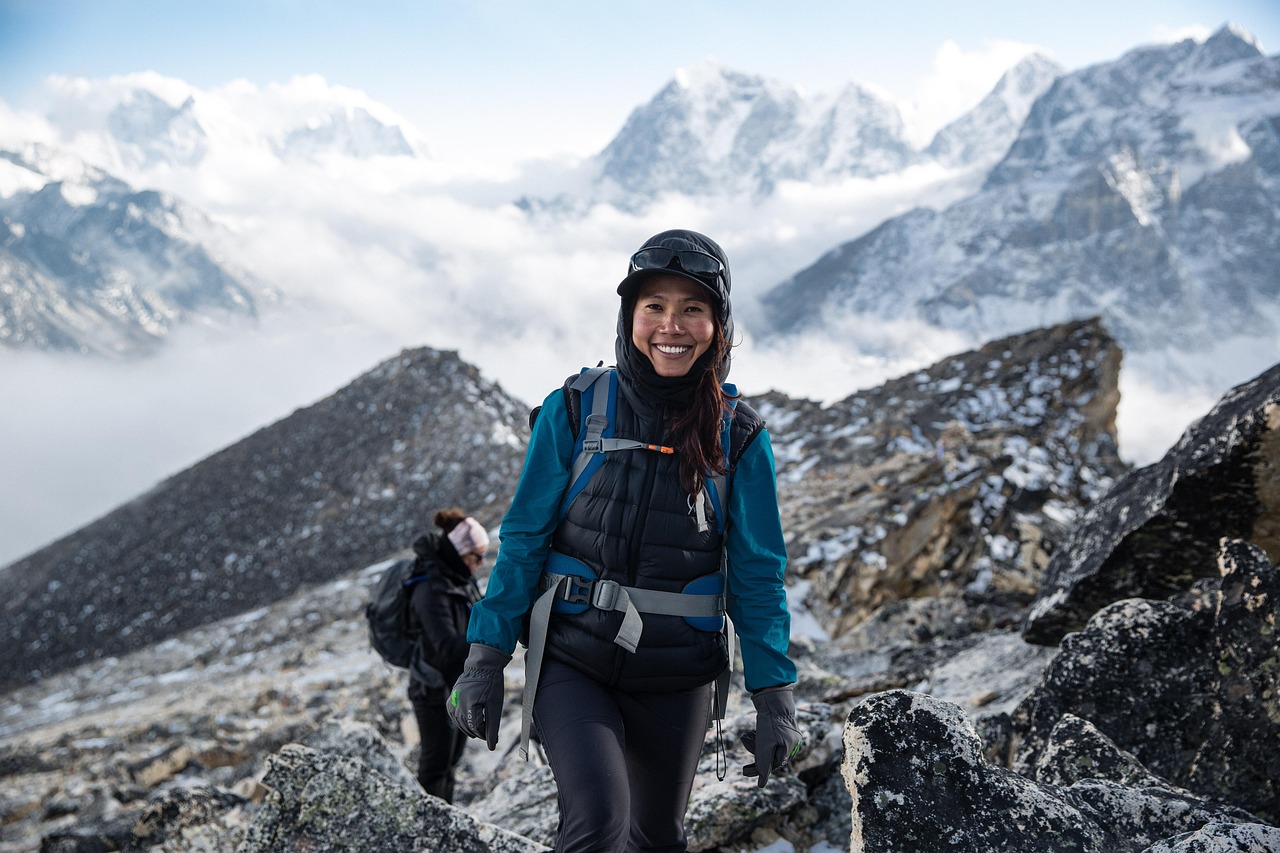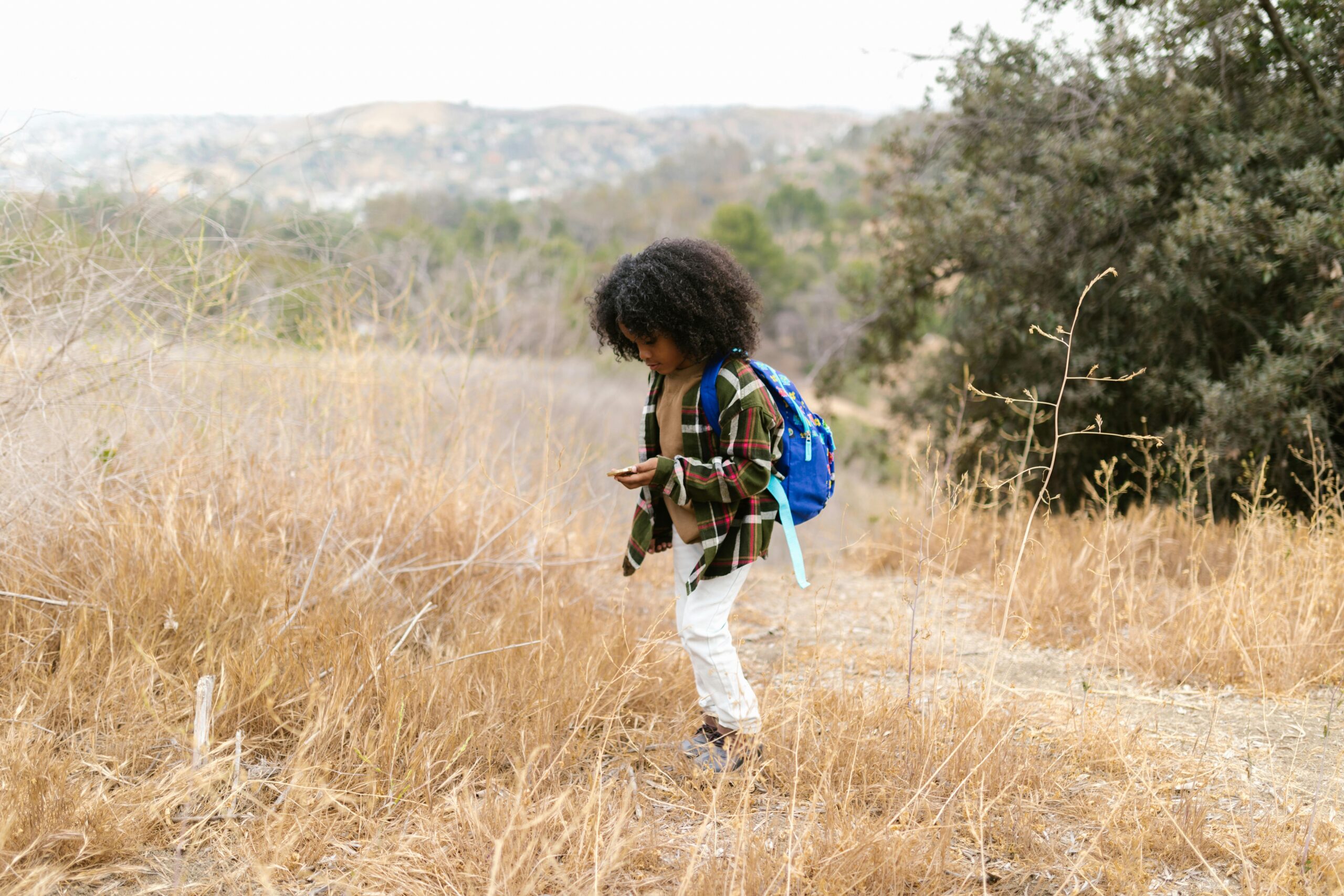Winter transforms the landscape into a breathtaking wonderland of snow-covered peaks, frosty forests, and glistening ice formations. While hiking in colder months offers solitude and stunning scenery, it also comes with unique challenges. Cold temperatures, icy trails, and unpredictable weather require extra preparation and knowledge to stay warm and safe.
Whether you’re a seasoned trekker or a beginner looking to explore winter trails for the first time, this ultimate guide will help you embrace the beauty of winter hiking while staying comfortable and prepared.
1. Why Winter Hiking is Worth It
Hiking in winter might seem daunting, but it comes with incredible rewards:
❄ Serene Landscapes – Snow-covered mountains, frozen waterfalls, and crystal-clear skies make for stunning scenery.
❄ Less Crowds – Popular trails that are packed in summer are often peaceful and quiet in winter.
❄ Mental & Physical Benefits – Cold-weather hiking boosts circulation, burns calories, and enhances mental clarity.
❄ Wildlife Encounters – Spot tracks in the snow and observe winter wildlife in a quieter environment.
If you’re willing to prepare and layer up, winter hiking can be an unforgettable outdoor experience.
2. Essential Winter Hiking Gear
Cold-weather hiking requires specialized gear to keep you warm, dry, and safe in freezing conditions.
Clothing: Layering for Warmth & Comfort
1. Base Layer (Moisture-Wicking & Insulating)
🧦 Wear thermal leggings and a moisture-wicking top to keep sweat off your skin. Merino wool and synthetic materials work best.
2. Mid Layer (Insulation for Warmth)
🧥 Use a fleece or down jacket to trap heat while keeping weight minimal.
3. Outer Layer (Waterproof & Windproof Protection)
🧊 A shell jacket and pants protect against snow, wind, and rain while keeping you dry.
4. Accessories
🧤 Gloves & Mittens – Choose insulated, waterproof gloves to prevent frostbite.
🧣 Neck Gaiter or Balaclava – Shields your face from bitter winds.
🧢 Hat or Beanie – 40% of body heat is lost through the head—keep it covered!
Footwear & Traction
🥾 Insulated, Waterproof Boots – Essential for keeping feet warm and dry.
🧦 Wool or Thermal Socks – Avoid cotton, which retains moisture and causes cold feet.
⛓ Microspikes or Crampons – Provide traction on icy and slippery surfaces.
🚶 Snowshoes – Prevent postholing in deep snow (sinking with every step).
3. Winter Hiking Safety Tips
While winter hiking is rewarding, it requires careful planning to avoid risks like hypothermia, frostbite, and getting lost in snowy terrain.
Check Weather & Trail Conditions
📅 Plan ahead – Check weather forecasts and avalanche reports before heading out.
⚠ Know the risks – Avoid hiking during storms or extreme cold spells.
Start Early & Hike with a Buddy
🌄 Shorter Days – Winter days are shorter, so begin early to finish before dark.
👫 Hike with a partner – It’s safer than going solo in case of emergencies.
Stay Hydrated & Fueled
💧 Drink Water – Cold weather can mask dehydration, so drink warm liquids or insulated water bottles.
🥜 Eat High-Calorie Snacks – Nuts, dried fruit, chocolate, and protein bars help maintain energy.
Navigation & Emergency Preparedness
🗺 Use GPS & Maps – Snow can cover trail markers, making navigation tricky. Bring a compass, GPS, or downloaded maps.
🆘 Carry an Emergency Shelter – A space blanket, bivy sack, or lightweight tent can save your life if stranded.
📢 Whistle & Headlamp – Short daylight hours mean a headlamp is essential; a whistle helps signal for help.
4. Best Winter Hiking Trails for Stunning Scenery
Looking for the best places to experience magical winter landscapes? Here are some must-visit winter hiking destinations:
🏔 Rocky Mountain National Park, Colorado (USA) – Majestic alpine scenery, frozen lakes, and snowy peaks.
🌲 Acadia National Park, Maine (USA) – Snow-covered coastal cliffs and breathtaking ocean views.
🗻 Banff National Park, Canada – Frozen waterfalls, glaciers, and stunning mountain backdrops.
🏞 Yellowstone National Park, Wyoming (USA) – Geysers surrounded by steam rising from the snow-covered ground.
🌄 The Scottish Highlands, Scotland – Rugged winter landscapes with dramatic scenery and rolling hills.
5. Common Winter Hiking Mistakes & How to Avoid Them
🚫 Wearing Cotton – Cotton absorbs moisture, making you colder faster. Use wool or synthetic layers instead.
🚫 Ignoring Weather Warnings – Always check avalanche risks and weather alerts before heading out.
🚫 Overpacking or Underpacking – Carry the 10 Essentials (see below), but avoid excess weight that slows you down.
🚫 Not Breaking in New Gear – Test boots and crampons before hitting the trail to avoid discomfort or blisters.
🚫 Forgetting Sun Protection – Snow reflects UV rays—wear sunscreen, sunglasses, and lip balm.
6. The Ten Essentials for Winter Hiking
Every winter hiker should carry these safety items:
1️⃣ Navigation – Map, GPS, compass.
2️⃣ Headlamp & Extra Batteries – Essential for early sunsets.
3️⃣ Sun Protection – Sunglasses, sunscreen, lip balm.
4️⃣ Insulation – Extra layers, gloves, hat.
5️⃣ First-Aid Kit – Includes blister care, bandages, and emergency meds.
6️⃣ Fire Starter – Waterproof matches, lighter, or fire-starter sticks.
7️⃣ Emergency Shelter – Bivy sack, space blanket, or small tent.
8️⃣ Food & Snacks – High-energy, non-freezing snacks.
9️⃣ Water & Insulation – Insulated bottles or hydration packs.
🔟 Repair Kit & Tools – Duct tape, knife, and gear repair supplies.
7. Embrace the Magic of Winter Hiking
Winter hiking challenges you, rewards you, and offers an experience like no other. With proper preparation, the right gear, and smart planning, you can safely enjoy the wonders of snow-covered landscapes while building resilience and confidence outdoors.
Whether you’re trekking through silent, snow-filled forests or summiting a frosty peak, winter hiking lets you experience nature’s quiet beauty and invigorating power. So, layer up, pack smart, and step into the adventure of a lifetime!
Call to Action
Are you ready to explore the trails this winter? Share your favorite winter hiking spots and tips in the comments below! And don’t forget to subscribe for more outdoor adventure tips, gear reviews, and hiking inspiration.




Leave a Reply